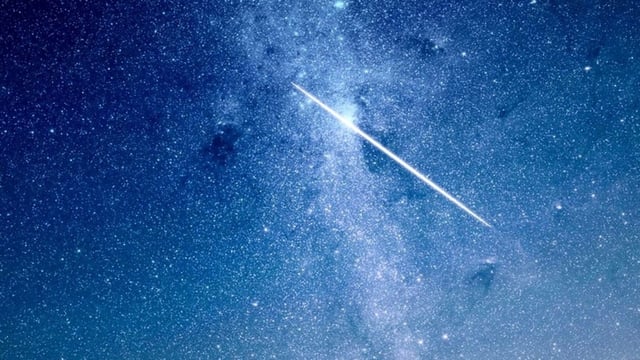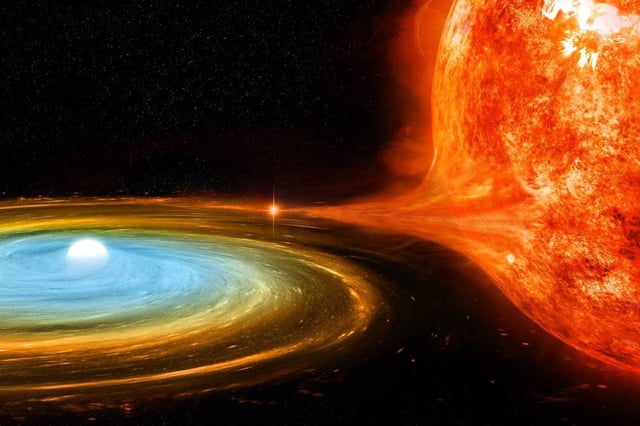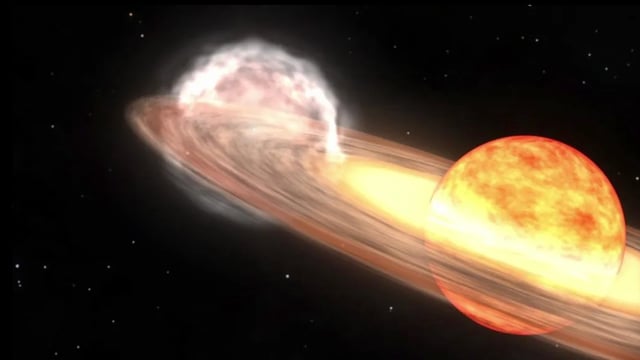Overview
- Astronomers had predicted March 27, 2025, as a likely date for T Coronae Borealis' nova explosion, but the event did not occur as expected.
- The star system, located 3,000 light-years away, experiences periodic thermonuclear eruptions approximately every 79 years, with the last recorded in 1946.
- Alternative predicted dates for the nova explosion include November 10, 2025, and June 25, 2026, based on orbital patterns and historical data.
- The system comprises a white dwarf and a red giant, with hydrogen accretion onto the white dwarf triggering periodic thermonuclear explosions.
- If the explosion occurs, it will be visible to the naked eye, with brightness comparable to the North Star, lasting about a week before fading.


